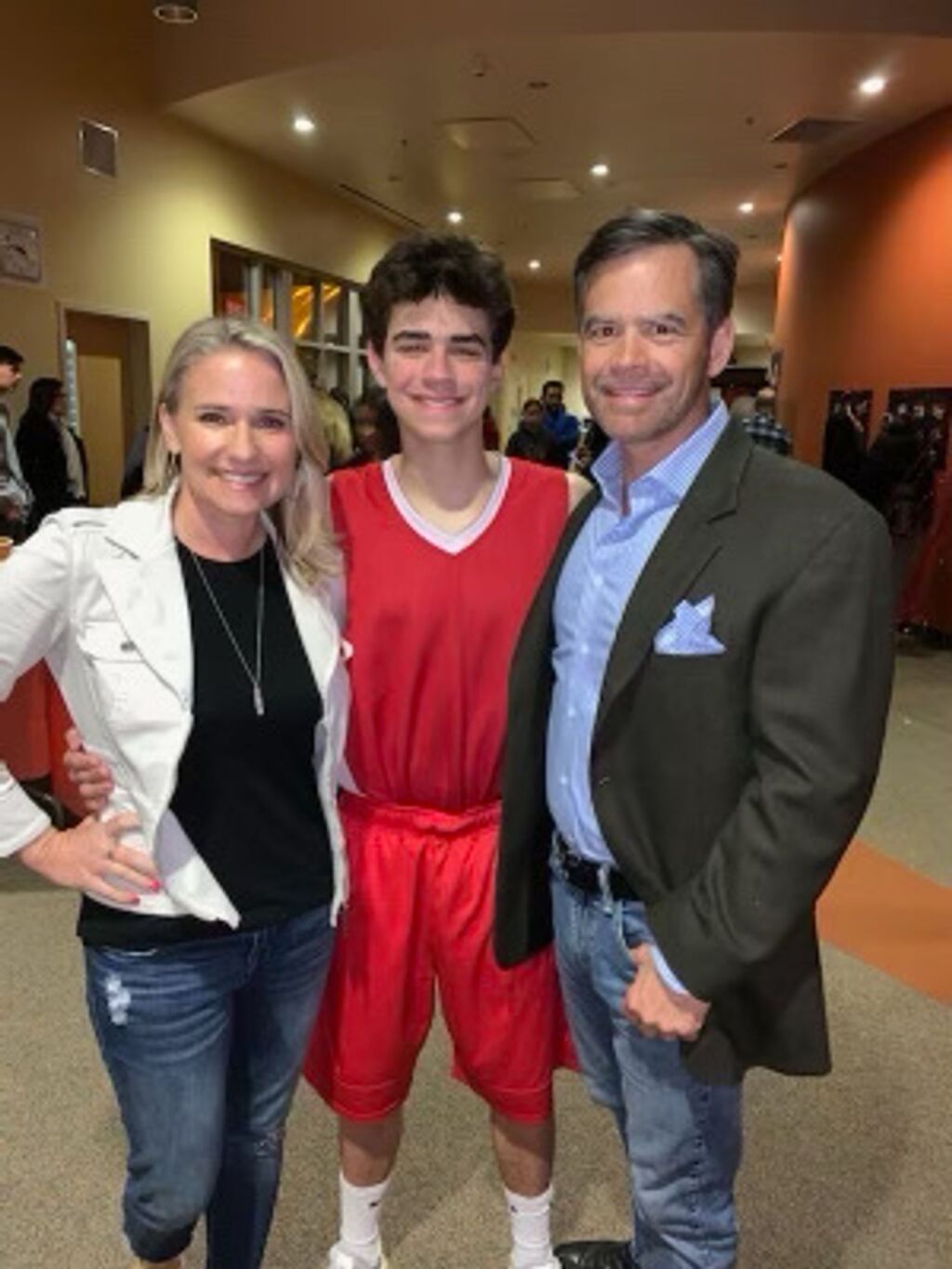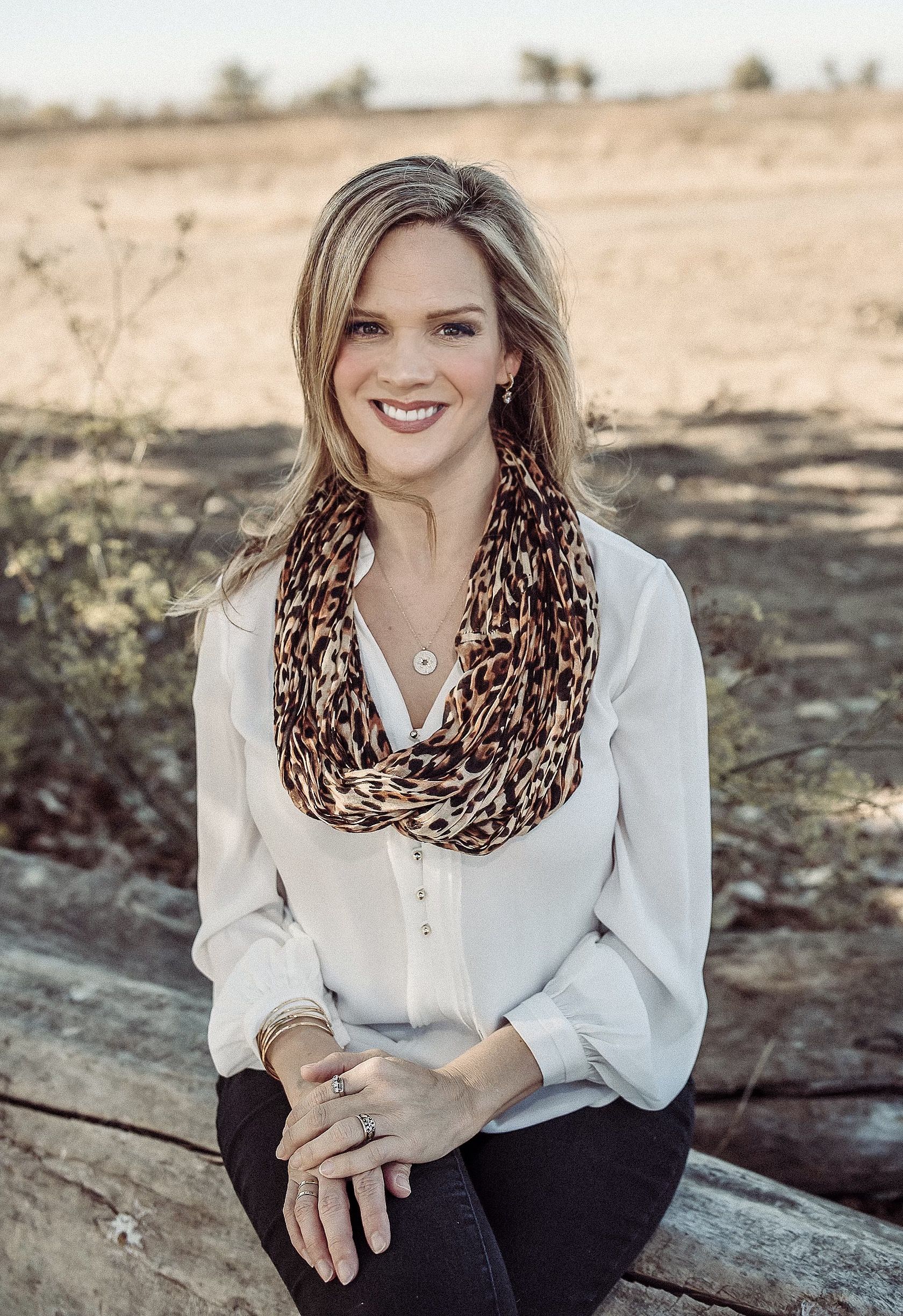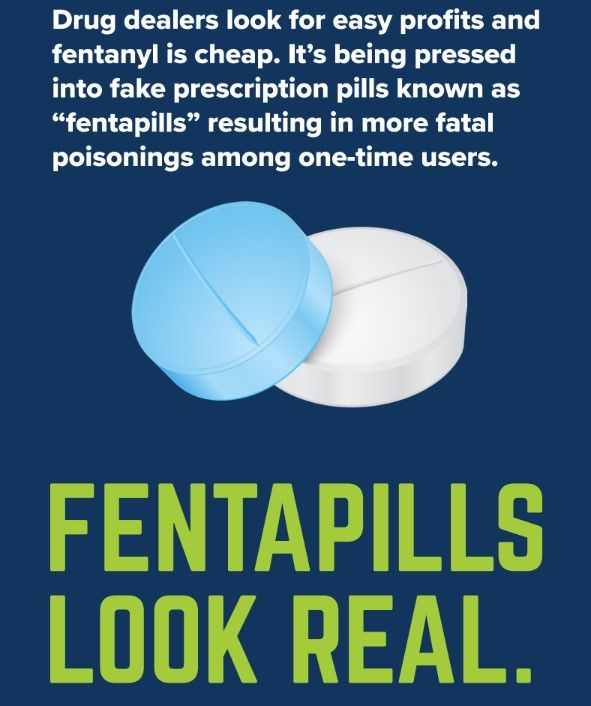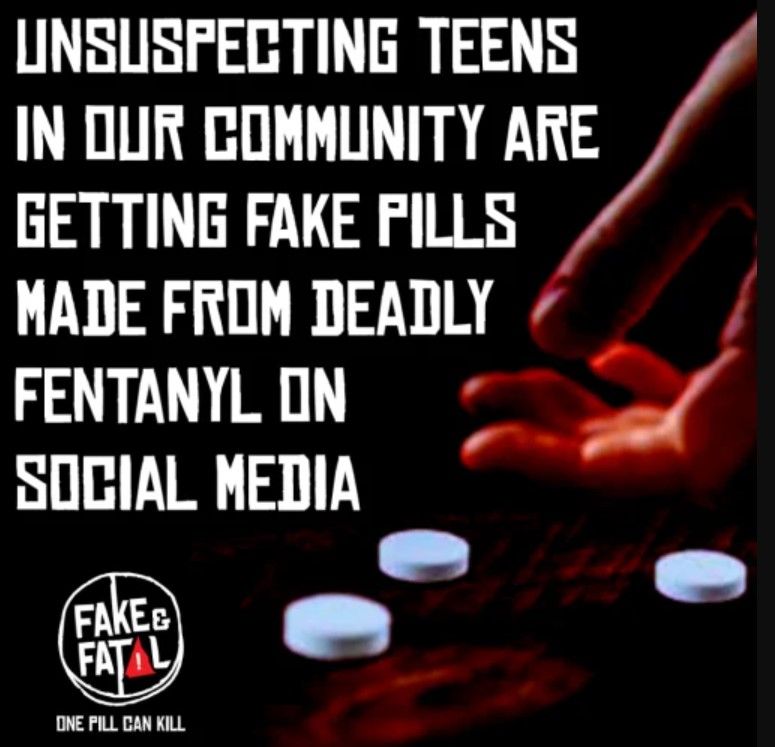
Laura, Zach and Chris Didier
ZACH DIDIER WAS an outstanding member of the Whitney High School community in Rocklin — an exceptional student who was a standout athlete in soccer and track and even starred in the school musical. In December 2020, the 17-year-old’s bright future was tragically extinguished when he was the victim of fentanyl poisoning.
“It’s like a lightning bolt came out of the blue and destroyed everything,” says Chris Didier, Zach’s father. “And we didn’t see it coming.”
Zach had purchased what he thought was a prescription pain pill from a dealer on the social media network Snapchat, but the counterfeit pill contained a lethal dose of fentanyl, a synthetic opioid 50 to 100 times stronger than morphine. The toxicology reports showed that Zach was the recipient of a “fentapill,” a pill that appears identical to a prescription pill but is actually made of fentanyl.
Fentanyl poisoning is reaching epidemic levels among American youth, with fentanyl-related deaths increasing nearly five-fold among 13- to 24-year-old Americans over the last five years. Officials estimate that 98 percent of the most common pills purchased outside of pharmacies are fake and contain fentanyl, which is very cheap to produce. As little as two milligrams of the potent painkiller — about two grains of sand — can be deadly.
“Fentanyl is fatal with just a small dose and is frequently marketed and sold as prescription drugs,” says Lisa Botwinik, Placer County Supervising Deputy District Attorney. “This deception is a huge part of the issue since we are seeing students purchasing what they believe to be prescription pills to experiment or to try and self-medicate issues of pain, anxiety or depression, but instead of a prescription pill they are being sold a fake pill containing fentanyl.”
Fentanyl is now the No. 1 cause of death for 18- to 45-year-olds nationwide, and Placer County is no exception. In 2020, 24 Placer County residents died from fentanyl poisoning with nearly half of them under 25 years old — a 700 percent increase from 2019.
There were nearly 4,000 fentanyl-related deaths statewide in 2020, the same year the Centers for Disease Control and Prevention (CDC) issued a health alert due to a major increase in synthetic opioids that hit the western United States. The flow of this dangerous contraband into communities has only increased, with the federal Drug Enforcement Administration seizing more than 1 million counterfeit pills containing fentanyl during a bust in Inglewood in July. In 2021, the DEA offices in the greater Los Angeles area seized more than 3 million fentanyl pills.

“This is really dangerous for our students. This is an epidemic and we need to try to save our children’s lives.” —Jessica Hilderbrand, Twin Rivers United Educators
“This is really dangerous for our students. One pill can kill, and prevention is key,” says Jessica Hilderbrand, a special education teacher and member of Twin Rivers United Educators. “We think it’s not going to be our students or our kids. This is an epidemic and we need to try to save our children’s lives.”
Hilderbrand’s son and Zach Didier were friends in the same Boy Scout Troop. Much like the Didiers, Hilderbrand says she was unaware of the threat of fentanyl poisoning.
“As a teacher, I haven’t heard anything about this,” she says, adding that she plans to bring the issue for discussion to CTA State Council of Education. (Hilderbrand is a State Council delegate and member of the Special Education Committee.) “If I can help shed light on this and save a life, that’s all that matters.”
Botwinik encourages parents and families to monitor their children’s online activity, as many counterfeit pill sales start with social media interactions. After several Beaverton, Ore., students died from fentanyl-related poisonings, the Beaverton School District developed in 2021 what might be the first and only fentanyl awareness curriculum for middle and high schoolers. These materials are available for free at
beaverton.k12.or.us/departments/communications-community-involvement/fake-and-fatal.
Beaverton also partners with local law enforcement and health officials to raise awareness about the dangers of buying pills on social media. Their middle and high school students receive fentanyl-related lessons in health and advisory classes, while staff receive specific fentanyl training. Additionally, the district hosts a community conversation about the dangers of fentanyl with local experts and impacted family members.
Chris Didier and his wife Laura are also spreading the word about the dangers of fentanyl poisoning, giving presentations at area high schools and talking with school district officials about how to raise awareness and fight the fentanyl crisis.

“I feel an overwhelming sense of responsibility to Zach and his generation to put a face to the danger and share his story,” Chris Didier says. “We need to help our young adults to get smart and understand how dangerous this is. You could take something and stop breathing in five minutes. Fentanyl changes everything. It will not discriminate, and it can happen to anyone.” For more information, visit dea.gov/onepill, songforcharlie.org and 1pillcankillplacer.com.

Fentanyl Facts
Fentanyl is the No. 1 cause of death in the U.S. among ages 18 to 45, surpassing suicide, COVID-19, and car accident-related deaths, according to CDC.
While experimental drug use by American teenagers in the United States has been dropping since 2010, their fentanyl-related deaths jumped to 884 in 2021 from 253 in 2019, according to a study in the Journal of the American Medical Association (JAMA).
Illicit drug manufacturers are purchasing pill presses online to
make fentanyl look like prescription pills such as Oxycodone, Percocet and Xanax.
Last year, the federal Drug Enforcement Administration (DEA)
seized 20.4 million counterfeit pills, which experts estimate represent a small fraction of those produced. The agency’s scientists say that about four out of 10 pills contain
lethal doses of fentanyl.
Social media drug trafficking impacts all age groups, but
adolescents and young adults are particularly susceptible given their high rates of social media usage.
In 2021, the DEA investigated more than 80 cases involving drug
trafficking on internet and social media apps.
Sources: New York Times, DEA, CDC, JAM
The Discussion 0 comments Post a Comment